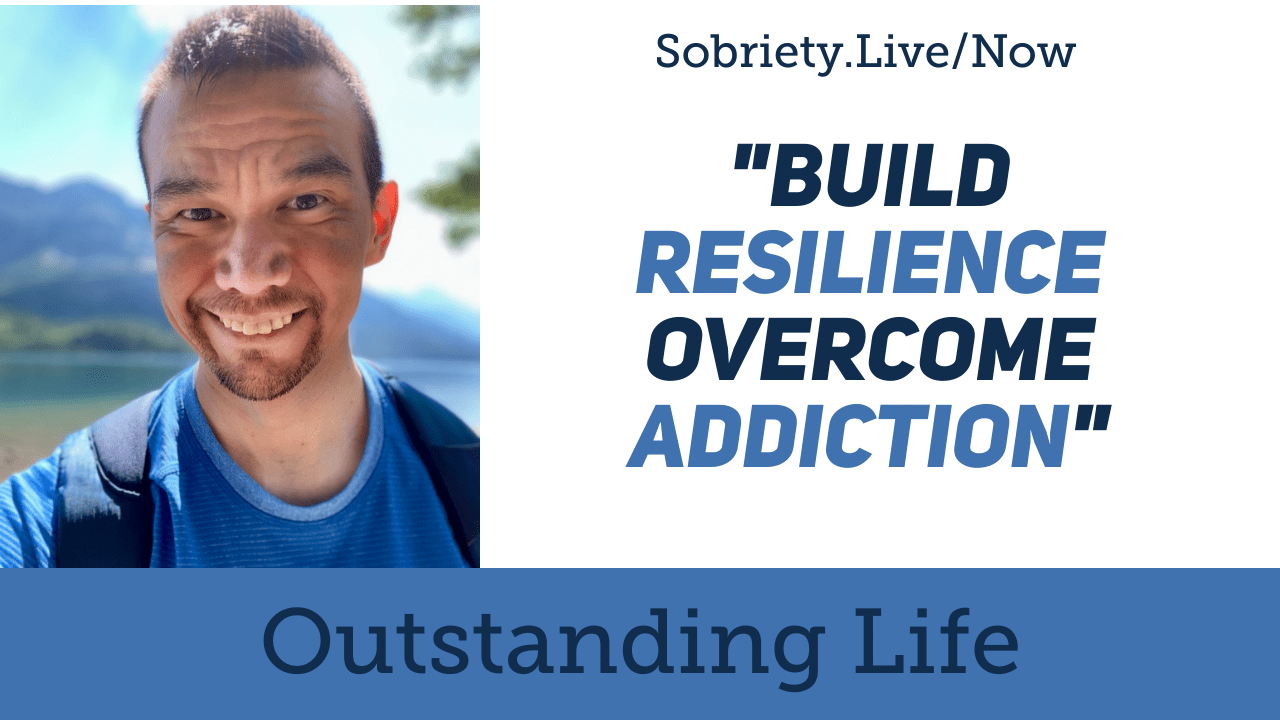How To Be Comfortable With Who You Are
4 Recovery Lessons from “The Horse, The Boy, The Fox, and The Mole”
Addiction and recovery are complex and multifaceted issues that can be challenging to navigate. For those of us who have struggled with addiction, finding inspiration and support can be crucial to our recovery journey. One such source of inspiration is literature, which can provide valuable insights and strategies for overcoming adversity.
One book that has gained significant popularity in recent years is “The Horse, The Boy, The Fox, and The Mole” by Charlie Mackesy. This beautifully illustrated story follows the journey of four characters as they navigate life’s challenges and learn valuable lessons about friendship, courage, and self-discovery. As a recovering addict and alcoholic with 10 years of sobriety, I was inspired by this book and found myself relating to each of the characters in unique ways. In this essay, I will explore four recovery lessons that can be drawn from the stories of these characters and offer practical solutions inspired by my own experiences.
Lesson 1: Finding Strength in Vulnerability
The Horse is the first character we meet in the book, and he serves as a powerful metaphor for strength and vulnerability. Despite his size and impressive appearance, the Horse is plagued by a deep sense of loneliness and fear. It’s not until he allows himself to open up and connect with the other characters that he begins to find a sense of purpose and belonging.
I can relate to the Horse’s struggle with vulnerability. Addiction often stems from a desire to avoid uncomfortable emotions, and the fear of being vulnerable can be a major obstacle to recovery. However, like the Horse, I have learned that vulnerability can be a source of strength. By opening up to others and allowing ourselves to be supported, we can find the courage and resilience to overcome addiction and find true recovery.
One way to start embracing vulnerability is to seek out support groups or therapy. In my own recovery journey, I found that being part of a supportive community was crucial to my success. Whether it’s attending meetings or connecting with others online, finding a community that understands your struggles can provide a safe and supportive space to share your experiences and connect with others. Another way to embrace vulnerability is through self-reflection. Journaling or other forms of self-exploration can help you identify areas where you may need support and can help you connect with your emotions in a healthy way.
Lesson 2: Facing Your Fears
The Boy is the second character we meet in the book, and he represents the challenges of facing our fears and overcoming obstacles. Throughout the story, the Boy grapples with a variety of challenges, from navigating a dark forest to dealing with the loss of his mother. However, despite his fear and uncertainty, he continues to move forward and seek out new experiences and connections.
I know that fear can be a major obstacle to progress. Fear of relapse, fear of judgement from others, and fear of facing difficult emotions can all hold us back from truly healing and moving forward. However, like the Boy, it’s important to acknowledge these fears and take steps to confront them.
One way to do this is through mindfulness and self-compassion. Mindfulness can help us stay present and focused on the present moment, rather than getting caught up in worries about the future or regrets about the past. Self-compassion is also important, as it allows us to be kind and understanding to ourselves when we feel down or when things don’t go as planned.
It’s important to remember that facing our fears is a process, and it’s okay to take things one step at a time. Seeking support from others, whether it’s through therapy, support groups, or close friends and family, can also be a valuable tool in confronting our fears
Lesson 3: Navigating Loneliness and Isolation
The Fox is the third character we meet in the book, and she represents the challenges of navigating loneliness and isolation. Unlike the other characters, the Fox initially resists connecting with the others, preferring to keep her distance and protect herself from potential pain and rejection.
I know that feelings of loneliness and isolation can be common, especially if you’ve lost important relationships or struggled to form new ones. However, like the Fox, it’s important to recognize that isolation can be self-perpetuating and ultimately harmful to your well-being.
One solution to navigate loneliness and isolation is to seek out new connections and relationships. This can be challenging, but it’s important to remember that building relationships takes time and effort. Joining a recovery group or getting involved in a hobby or activity that you enjoy can be a great way to meet new people who share your interests. It’s also important to prioritize self-care and self-compassion. Taking time to do things that make you feel good, like exercising or practicing mindfulness, can help you feel more connected to yourself and others.
Lesson 4: Being Comfortable with Who You Are
The Mole is the final character we meet in the book, and he teaches us the importance of being comfortable with who we are. This is important because addiction often arises from the inability to cope with difficult emotions, leading individuals to use drugs or alcohol as a form of escape. By learning to accept and love ourselves, we can develop a healthier relationship with our emotions and avoid the urge to turn to addiction as a coping mechanism.
In my own recovery journey, I struggled with accepting who I was and often turned to drugs and alcohol to numb difficult emotions. It wasn’t until I began practicing self-compassion and self-acceptance that I was able to find true healing.
One practical solution to being comfortable with who you are is to practice self-compassion. This can involve taking time to acknowledge and validate your feelings, rather than pushing them away or numbing them with drugs or alcohol. Other tools for self-acceptance can include mindfulness practices, such as meditation or yoga, and seeking professional help if necessary.
In conclusion, the characters in “The Horse, The Boy, The Fox, and The Mole” offer valuable lessons and insights that can be applied to addiction and recovery. By drawing upon these stories, we can develop practical solutions to navigate the challenges of recovery and find hope and inspiration along the way. As someone in recovery myself, I know firsthand the importance of finding inspiration and support, and I encourage anyone who is struggling to reach out for help. Whether it’s through a recovery group, therapy, or simply connecting with friends and family, there is always hope for a brighter future.
If you’d like to connect with me, I invite you to check out my sober content creation on my YouTube channel, Instagram, and blog. Together, we can support each other in our recovery journeys and find strength and hope in the stories of others.

















You must be logged in to post a comment.